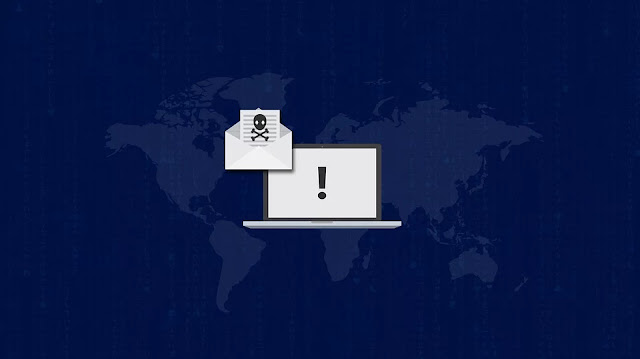The infamous Lazarus hacker collective has reappeared in a recent wave of cyberattacks, using a cunning plan to spread malware through infected Microsoft Internet Information Services (IIS) servers. Cybersecurity professionals are actively watching the situation to reduce any hazards as a result of the attacks, which have caused them great anxiety.
The Lazarus hackers, according to reports from SC Magazine and Bleeping Computer, have successfully taken control of a number of Microsoft IIS servers and are using their ability to spread malicious malware across different networks to their advantage. The spread of the hackers' virus appears to be their main objective, which presents a serious risk to companies and organizations that depend on Microsoft's web server software.
Symantec's threat intelligence team recently made the attack vectors used by Lazarus public, highlighting the chutzpah with which the hackers used the hacked servers to further their evil ends. The malicious campaign was the Lazarus group's dream job, according to Symantec, who highlighted the gravity of the problem in a blog post.
AhnLab's security analysts have also provided insightful analysis of the ongoing attacks. They have been aggressively tracking the hackers' whereabouts and have found startling proof of their vast powers. In both English and Korean blog entries, AhnLab's research teams have warned users and administrators about the danger posed by Lazarus hackers and urged rapid security measures to prevent IIS servers from being attacked.
The Lazarus hacking group, known for its association with North Korea, has been linked to various high-profile cybercrimes in the past. Their expertise in cyber warfare and financially motivated attacks has made them a prominent concern for governments, businesses, and cybersecurity agencies worldwide. This recent incident involving the exploitation of Microsoft IIS servers signifies a new level of sophistication in their tactics, emphasizing the need for constant vigilance in the face of evolving threats.
Hosting websites and web applications on Microsoft IIS servers is a common practice worldwide. For businesses that depend on this web server software, the disclosure of this vulnerability raises a warning. Users are advised by security experts to swiftly upgrade and patch their systems to the most recent versions, put in place strong security policies, and carry out routine audits to look for any suspicious activity.
Microsoft has been actively engaging with security companies and organizations to study the nature of the attack and strengthen their protection measures in response to the growing cyber threat. Users can greatly lower their risk of succumbing to these malicious attempts by being watchful and proactive.










